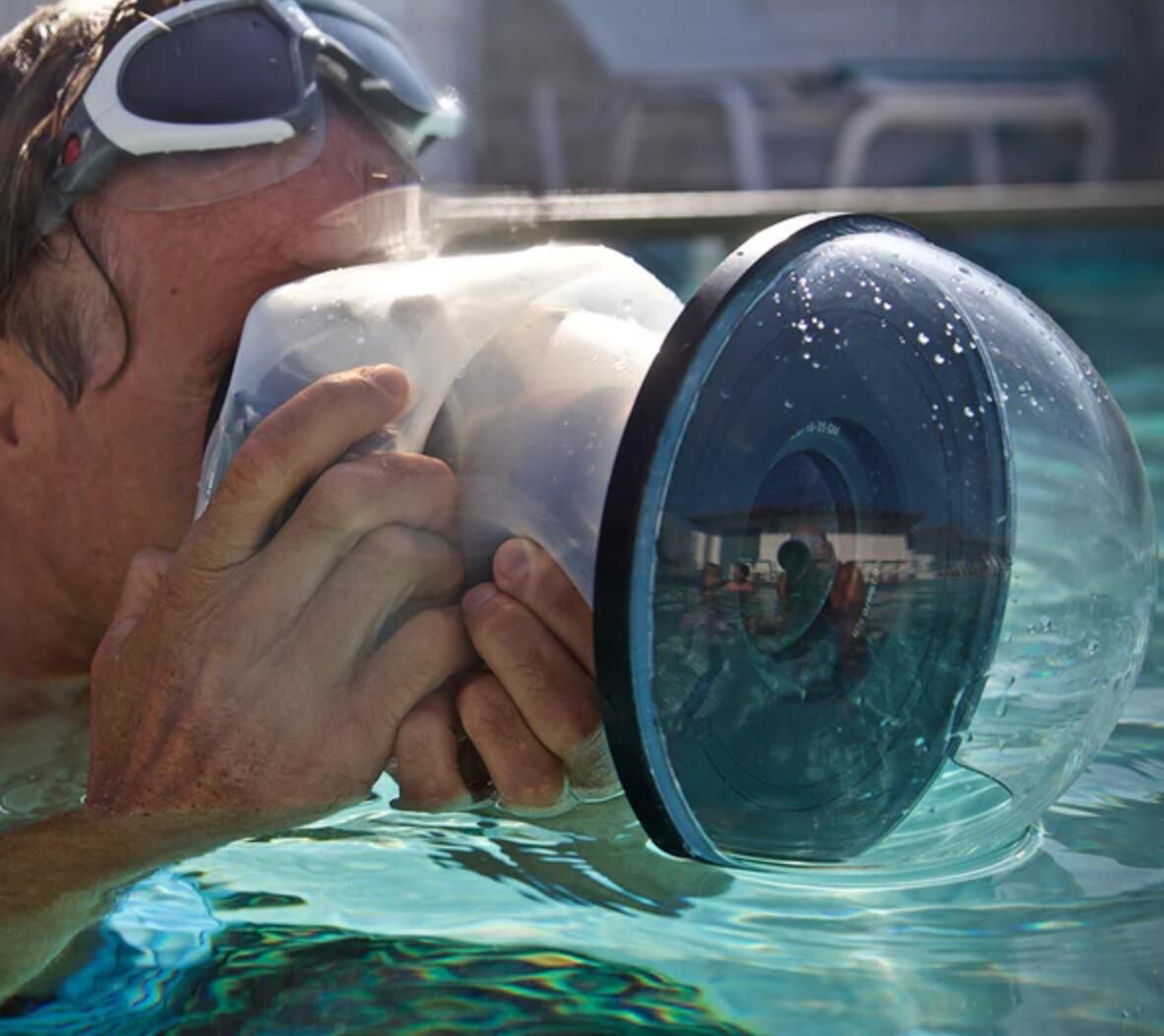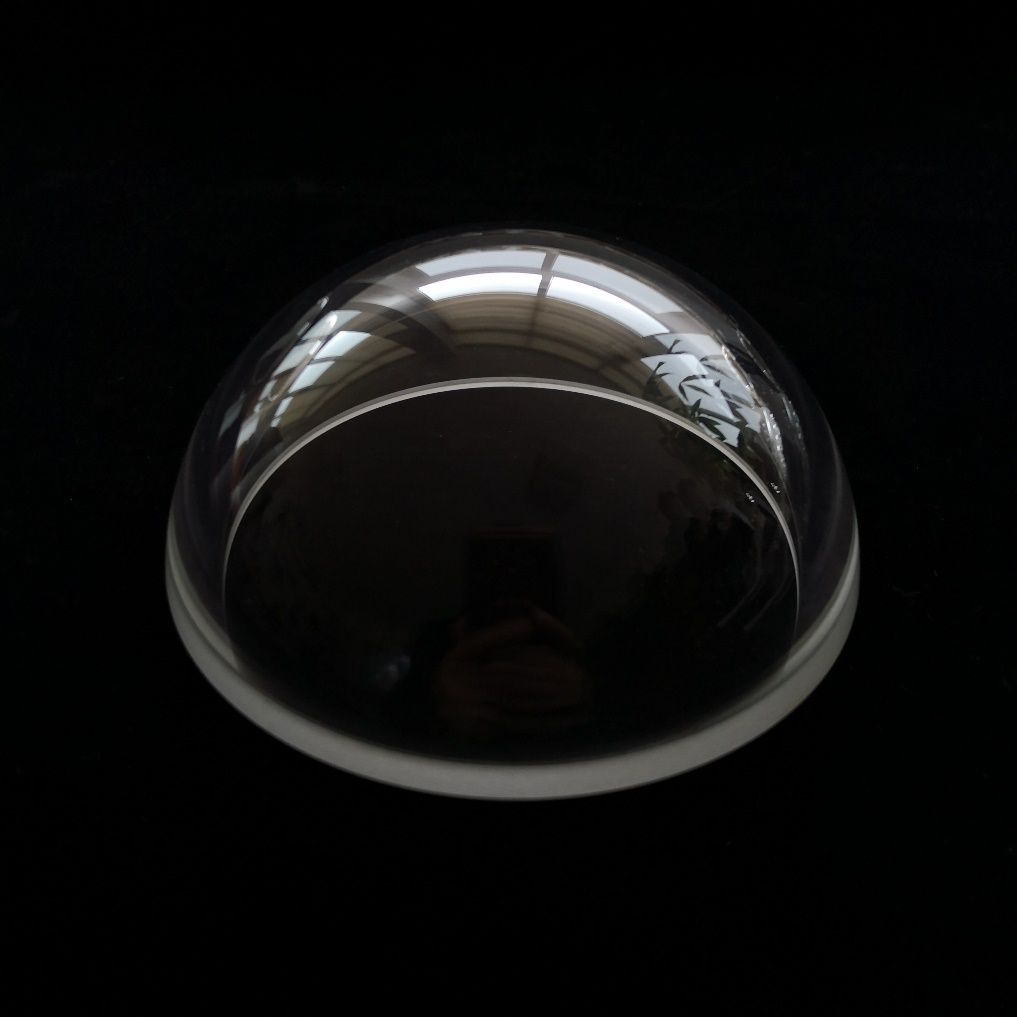
A dome port is a concentric lens that adds an optical element to the camera lens. When the curvature of the dome's inside radius center is situated as close to the nodal point of the lens as possible, the dome port greatly decreases refraction, radial distortion, axial and chromatic aberrations.
When using a dome port, all light rays pass through unrefracted, allowing the "in-air" lens to maintain its angle of view. A "virtual image" is formed optically just inches in front of the lens. When using a dome port to photograph a subject underwater, the lens must be focused on the "virtual picture," not the subject itself.
Because of the dome port, the underwater focus markers on the lens are completely wrong. As a result, underwater lens calibration is necessary. Above water, the dome port serves as a clear glass or acrylic, with no extra optics.
What are the advantages of using a dome port?
Advantages
● The image is not magnified due to the refraction of water, which means you retain the "wideness" of the lens
● Color and sharpness is better with a wide angle lens, since you can get closer to your subject due to advantage #1
● Water particles are pushed further away from the camera lens allowing for better focus, clarity and sharpness in images
● Less chromatic aberration (color fringing)
What are the disadvantages of using a dome port?
● Dome ports are prone reflection have a look at how to prevent reflection when using a dome port
● Dome ports can be scratched easily and are much harder to maintain then flat ports
What are the different port extensions available for surf housings?
Different length extensions are essential with the dome ports, as different lenses need to fit inside the port, also wide angle lenses must have proper placement inside the dome housing for optimal image quality.
Flat VS Dome Lens Ports
The lens port is one of the most crucial and misunderstood features of an underwater camera housing. From the inception of underwater photography in 1893 until 1931, when hemispherical dome ports were first used to account for the refractive qualities of water, flat ports were all that were available. Both flat and dome ports have a role in underwater photography, and understanding the theory and practice of each is essential. The dome port is preferable for underwater photography with wide lenses, while the flat port should be utilized if the shot starts or ends above water, or if you need to capture a close-up with a long lens.
Dome Port – The dome port is a concentric lens that acts as an additional optical element to the camera lens.
When the curvature of the dome's inside radius center is situated as close to the nodal point of the lens as possible, the dome port greatly decreases refraction, radial distortion, axial and chromatic aberrations.
When using a dome port, all light rays pass through unrefracted, allowing the "in-air" lens to maintain its angle of view. A "virtual image" is formed optically just inches in front of the lens.
When using a dome port to photograph a subject underwater, the lens must be focused on the "virtual picture," not the subject itself.
Because of the dome port, the footage markers on the lens are completely useless for underwater focus. As a result, underwater lens calibration is necessary.

Post time: Jun-30-2022
